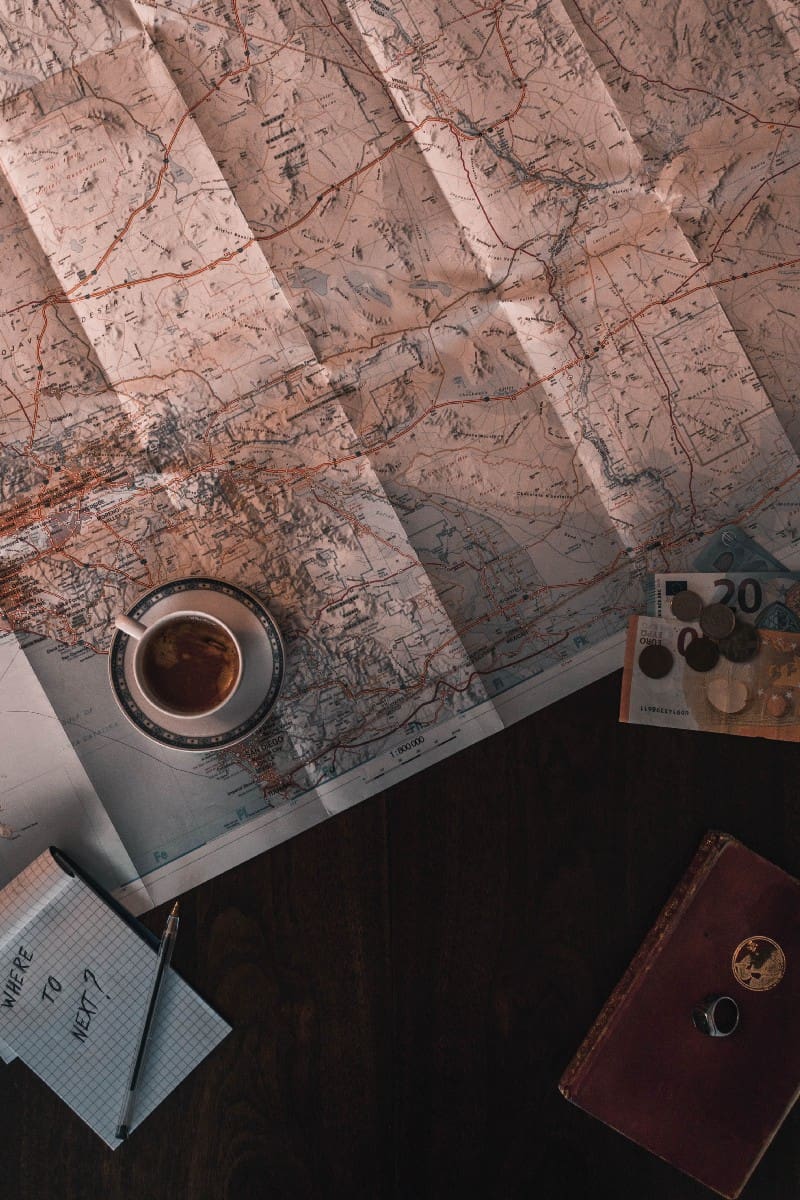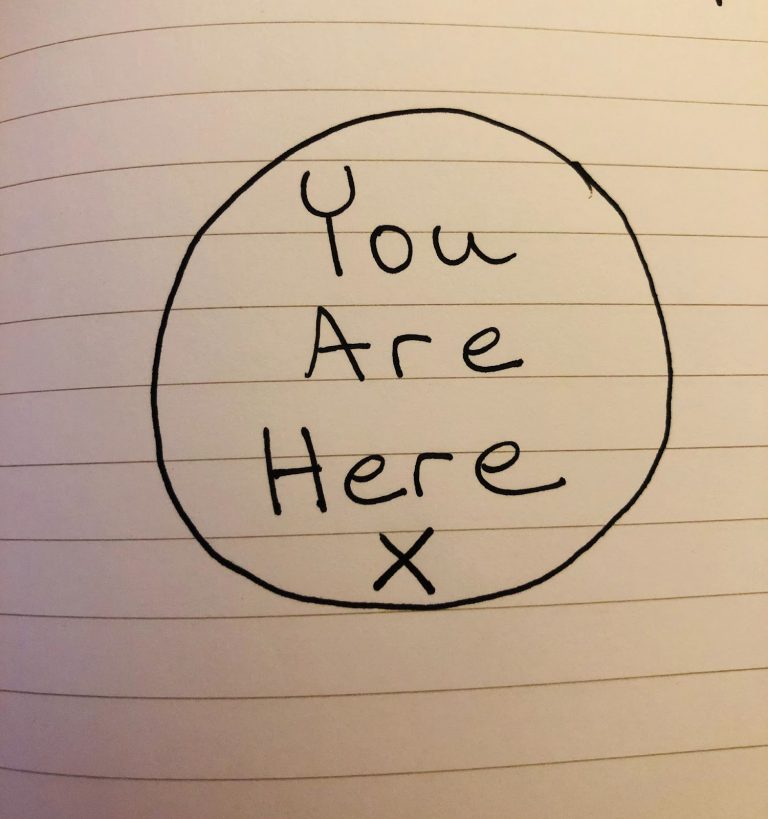How observing and recording can inform and invigorate
By Priya Logan
When I enrolled in a Permaculture Design Course in 2013, my youngest child was only three months old, and we had only recently landed in Scotland. I had spent most of my adult life away from Scotland up until that point and only had a tenuous connection with it, especially being an adult with children. I was looking for new answers and ways of being and perhaps some support, ideologically and further ways to meet others and get involved.
It was a welcoming environment thanks to the friendly facilitation ( and I had a baby who was relatively well behaved, with me — always an icebreaker) and what sunk in the most in that porous time was the very tangible bridging of worlds that it potentially offered. It was new to feel into something that empowering — I had spent time studying natural therapies in New Zealand with a community that veered into a kind of new-age manifestation fixation ideology that felt uncomfortably blind to limits and realities. I had also worked in environmental projects which were very scientifically bound and conventional. Permaculture felt more embodied and fresh — though it is not new or novel to live in an in touch way — living in alot of the world as it is, it can certainly feel that way.

Recently I did a couple of rounds of Activate Your Inner Jaguar, which is a somatic experiencing class run online. A lot of the methods that I learned are relatively simple but oh so elusive in how we commonly live — looking and orientating in the world as you are right now, tuning into sensory clues as well as the more ephemeral can reset our sense of reality. It also opens up many new possible avenues.
Mapping is significant in permaculture too, and it has a multilayered effect. To map and chart our environments gives us a greater appreciation for our resources and the connections between them. We are in constant communication with the elements around us, but there can be a numbing that happens when we siphon off what is relevant to an out there somewhere — a grand reality. In permaculture, when we map, we can then respond and align with ethics bringing in a real responsibility to our lives. When we are hazy about what exists, it becomes more challenging to navigate.
So — what can you map today? What is in your environment, charting is a step towards understanding your place in the world, not in theory but as a living body in a pulsing world.
Some possible ways to do it:
Find out where your water comes from and goes
Find out what the history of the land you live on is
Map how you feel about your favourite places
Map your journey to adulthood in outfits
Draw five objects in your immediate vicinity — doesn’t matter how well.
Draw where you live and your passage through it on an average day
Observe, interact and navigate.
Does anything feel different or more achievable after these steps?



